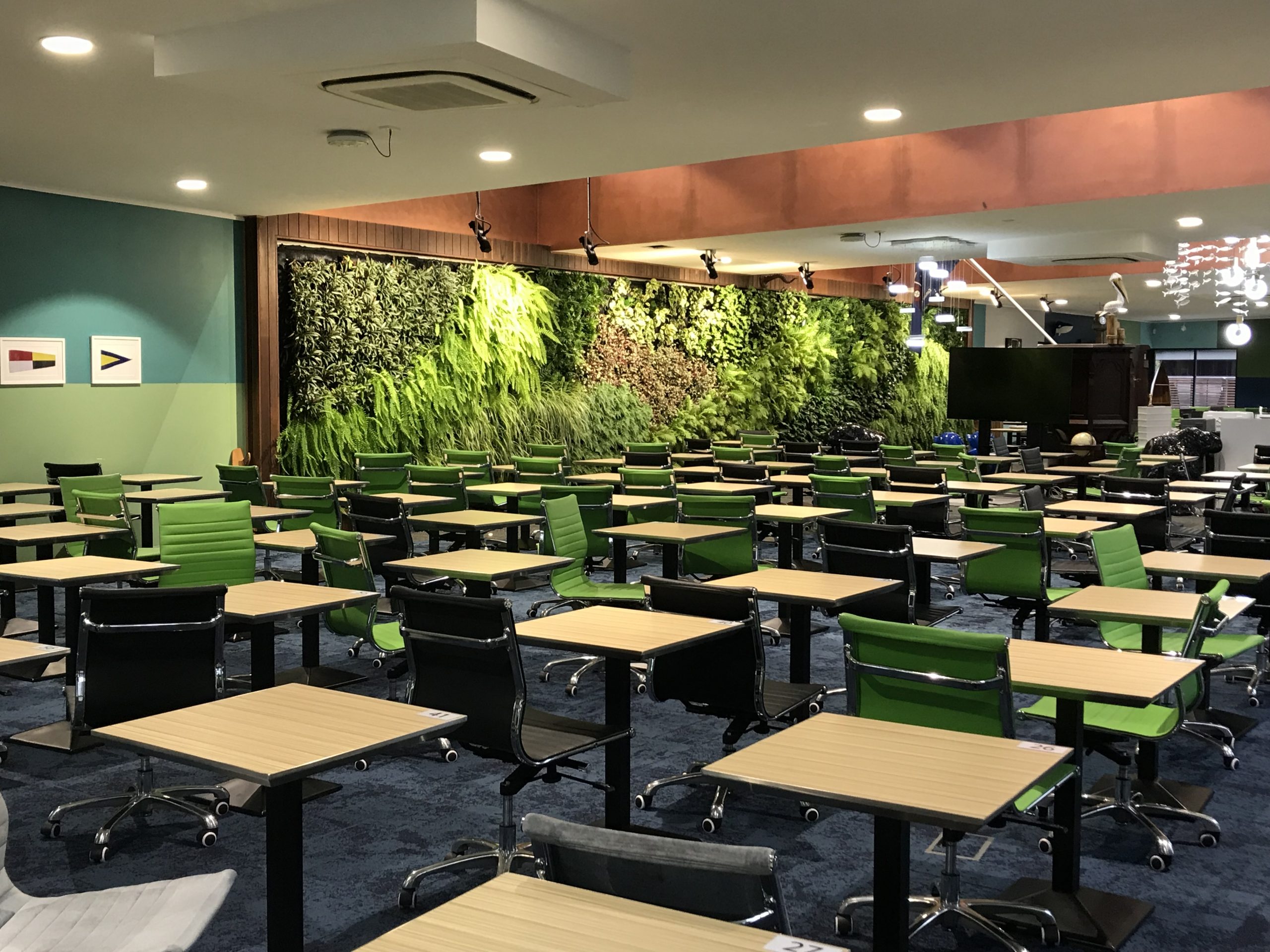March 25 2024
Transforming Educational Spaces: The Impact of Green Walls on Student Development
In the rapidly changing educational landscape, the design of learning environments is increasingly recognized as a critical factor in supporting the development and well-being of students. As traditional classroom designs evolve, there's a notable trend towards incorporating green walls - lush, living installations that do more than just beautify the space. These green additions are emerging as essential tools for enhancing both cognitive and emotional growth in young learners.
The Cognitive Benefits of Green Walls
Recent research highlights the significant impact that green walls can have on student performance. The inclusion of greenery within educational spaces has been shown to activate the brain's prefrontal cortex, leading to improvements in attention, memory, and overall information-processing capabilities. This immersion in a verdant environment enables educators to foster learning spaces where students can achieve heightened focus and engage more deeply with their studies.
Emotional Well-Being and Tranquility
Beyond cognitive enhancements, green walls play a pivotal role in supporting students' emotional health. Studies have revealed that the presence of plants and greenery can substantially reduce stress and anxiety levels among students, promoting a serene and peaceful classroom atmosphere. This reduction in stress leads to improved emotional regulation, empowering students to face academic and personal challenges with resilience and poise.
Fostering a Connection to Nature
Incorporating green walls into educational settings brings the outside world in, helping to forge a bond between students and the environment. This connection not only boosts mood and general well-being but also sparks curiosity and a desire to explore. Early exposure to the wonders of nature can instill a lifelong commitment to environmental stewardship and sustainability, encouraging young learners to become champions for our planet.
Investing in Holistic Development
Schools that integrate green walls into their infrastructure are making a profound investment in the comprehensive development of their students. These living walls act as incubators for growth, nurturing not just intellectual abilities but also emotional stability and environmental consciousness. The long-term effects of such an investment could be monumental, producing a future generation that is not only academically proficient but also deeply in tune with the environmental challenges and solutions of their times.
Conclusion
The decision to include green walls in educational environments represents more than a mere aesthetic choice; it's a commitment to creating healthier, more sustainable learning spaces. By embracing principles of biophilic design, educational institutions have the opportunity to cultivate environments that enhance student potential, laying the groundwork for a brighter, more resilient future. As we recognize the transformative influence of green walls, we pave the way for nurturing a generation of well-rounded, environmentally conscious leaders.
References:
- Kuo, F. E., & Taylor, A. F. (2004). A potential natural treatment for attention-deficit/hyperactivity disorder: Evidence from a national study. American Journal of Public Health, 94(9), 1580–1586.
- Lohr, V. I., & Pearson-Mims, C. H. (2000). The impact of interior foliage plants on levels of stress and anxiety in high school students. Atmospheric Environment, 34(14), 2183–2193.
- Dadvand, P., Nieuwenhuijsen, M. J., Esnaola, M., Forns, J., Basagaña, X., Alvarez-Pedrerol, M., ... & Sunyer, J. (2015). Green spaces and cognitive development in primary schoolchildren. Proceedings of the National Academy of Sciences, 112(26), 7937-7942.

 +971 52 38 444 52
+971 52 38 444 52



